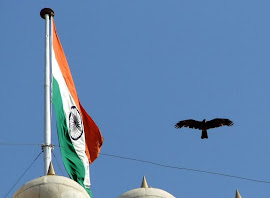Is it the right time to cut interest rates?
The financial meltdown in the US has altered perceptions on macroeconomic issues around the globe. Growth has now become the most important policy concern and inflation has receded from the radar of policymakers. In India, while slowdown of the economy has already begun, inflation remained stubbornly at an unacceptable level of above 12% for over two months now. There are no indications that inflation has peaked and it could well go up higher. The comforting factor, however, is that inflation in the country is not yet become pervasive. It is concentrated in a few products with two-thirds of inflation coming from just six items: fuel, iron ore, iron & steel, oil seeds, edible oil and raw cotton. Corporate results for the quarters ending March and June 2008 show that while companies experienced increased growth in expenses, they have not passed them on to consumers by squeezing margins leading to a decline in profit growth. Continued high demand will make the propagation of higher costs into prices easier. That the demand remains strong in the economy is reflected in the continued high annual growth in money supply and non-food credit at 21% and 26.2% respectively by mid-September 2008. These are much higher than the RBI targeted rates of 17% and 20% respectively and remain too high to ensure macroeconomic and financial stability. While it is true that the full effects of successive tightening of monetary policy is yet to work itself out, demand pressure in the economy is expected to heighten due to the looming fiscal laxness. The combined fiscal deficit for the centre and states is expected to rise to a very high 9-10% of GDP in this year against the budget estimate of less than 5%. In addition, the size of the forthcoming kharif crop is uncertain with the temporal and spatial distribution of the south west monsoon not very satisfactory. The area sown under coarse cereals, pulses, sugarcane, cotton and jute so far up to the first week of September has been lower than the corresponding period last year. Taking all these in to account, it is too early to consider a lowering of interest rates.
.jpg)








.jpg)

0 comments:
Post a Comment